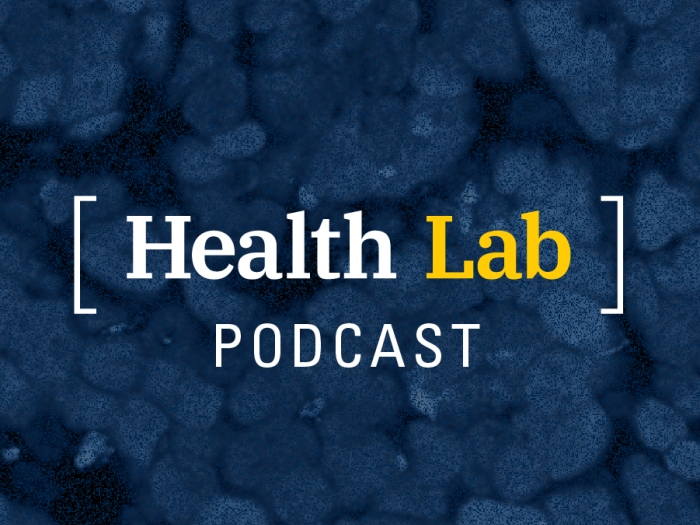Your joints do know when it’s cold outside
2:15 AM
Author |

Can your joints predict the weather? Well, actually, maybe, explains a bone specialist at Michigan Medicine.
Many people with arthritis, chronic joint pain, or those have experienced joint injuries tend to report increased pain in their joints when the seasons start to change, specifically during the transition from warmer weather to colder. Pain sites in the body reported the most are hips, knees, spine, hands and shoulders. Some find that this pain doesn't inhibit their daily activities, while others struggle to complete basic tasks due to their pain.
Michael Kheir, M.D., an orthopeadic surgeon at University of Michigan Health, sees the striking influx in reported joint pain at the change of seasons within his own practice. He says the phenomenon is more than a simple saying; it has some science behind it.
“Colder weather causes an increase in humidity and a drop in pressure,” Kheir explains. “When the pressure drops around you, the soft tissue in your joints expand causing increased pressure in the confined space in your joint capsule. This means your joints can sometimes feel the change in weather before the rest of your body can.”
“Patients with arthritis or damaged joints already have year-round intermittent swelling and pressure in their joints," Kheir says. "This means the increase of swelling from the drop in pressure can cause an increase of pain in problematic joints."
Winter joint pain tends to worsen in the mornings and evenings for most patients, Kheir says. These are the times of day when the joints are the "coldest" and the pressure is the highest due to the drops in temperature at night and a lack of movement while sleeping causes stiffness in the joints. As the day goes on, most patients will find that the joint pain decreases, as the joints "warm up" and stiffness decreases with movement throughout the day.
Many people who experience winter joint pains will turn to quick remedies, such as over the counter pain relievers, to help the pain subside. While these remedies work, Kheir says, strengthening painful joints in the summer helps to create less pain in the winter.
With warmer weather, pressure in the joints decreases making it easier to stay active. That increased physical activity in the summer builds muscle strength that becomes necessary in the winter, decreasing inflammation and allowing for the joints to “warm up” quicker in the colder weather. “Using the spring and summer to your advantage to stay active can have positive results for the following winter season.” Kheir said.
“Swimming is a great way to stay active in the summer and strengthen joints,” Kheir explained. “The water will relieve weightbearing pressure in the joints that might make it challenging to stay active without being in pain.”
Other easy activities include biking, walking, and yoga. These exercises can be simple and short. It is important to not work your body more than feels comfortable. A little pain is okay, but if there is significant pain, your body is telling you to slow down. “While the goal is to strengthen the joints, it’s also important to make sure they don’t get injured further,” Kheir says. If you’re looking for specific exercise recommendations for problematic joints, talk to your orthopaedic doctor and physical therapist about what they recommend for your situation.
"Preventative medicine is the ideal treatment method," Kheir said. "Anything patients can do that works towards preventing pain in the winter is preferred.”
While strengthening your joints in the summer can help, it doesn’t mean you’ll be completely be relieved of joint pain in the winter. Kheir says quick remedies include taking pain medications, such as ibuprofen to reduce inflammation, and acetaminophen for pain relief, as well the use of a heating pad around the stiff joints, to help warm them up, or wearing extra clothing layers around them to keep your joints warmer.

Explore a variety of health care news & stories by visiting the Health Lab home page for more articles.

Department of Communication at Michigan Medicine
Want top health & research news weekly? Sign up for Health Lab’s newsletters today!





